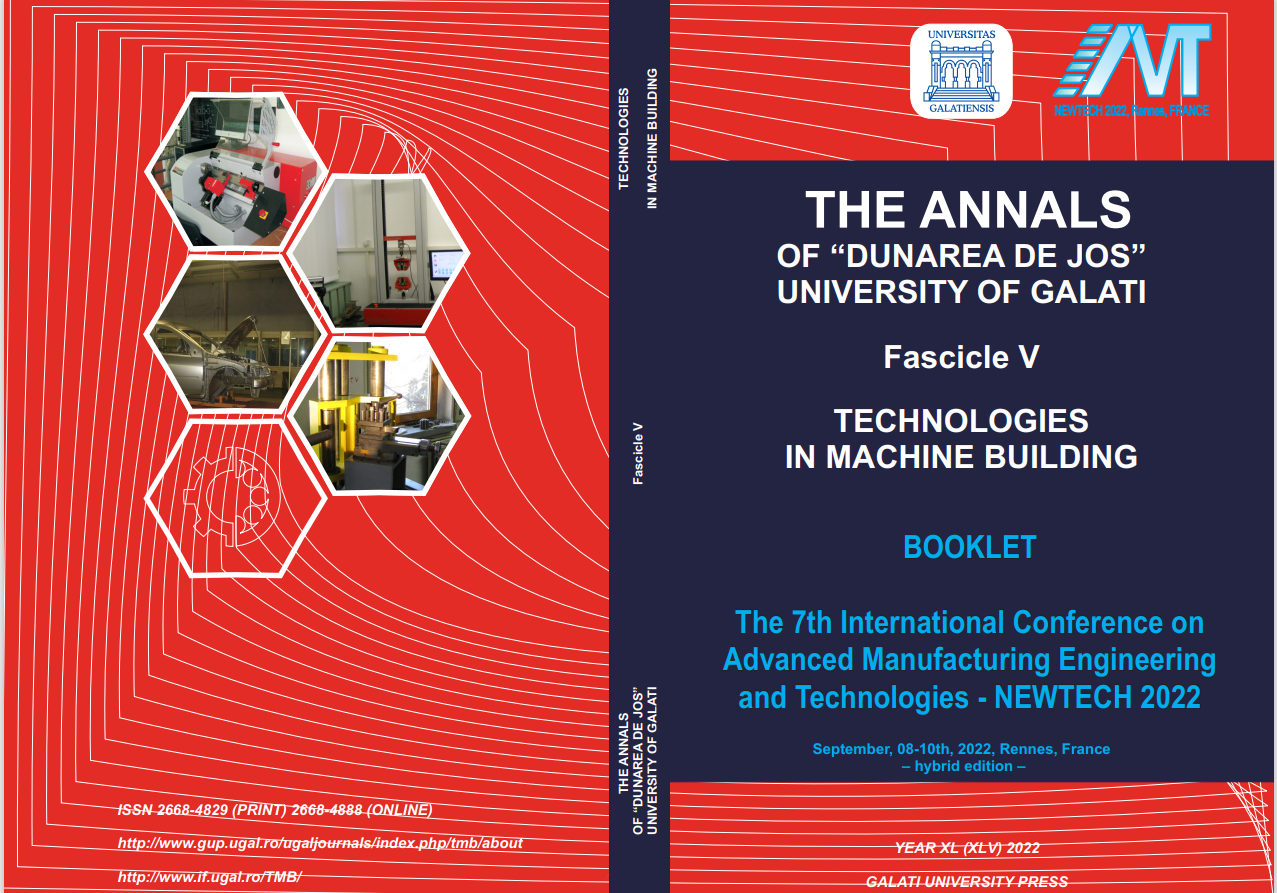Influence of bond interface over the lap-shear performance of 3D printed multi-material samples
Résumé
Multi-material 3D printing offers new possibilities regarding product development, allowing
design freedom and multiple materials choices in terms of colour and polymer type. Material extrusion
technologies are among the most popular options for multi-material printing due to their low
equipment cost and various thermoplastic materials. However, polymers’ compatibility and bond
interface must be considered for multi-material components. Material Extrusion creates the parts layer
by layer, and each layer is characterised by multiple lines of extruded thermoplastic at a defined width.
Therefore, regardless of the 3D model's surfaces, they are composed of numerous lines of material and
voids. Depending on the 3D Printing process setup, the bonding mechanism between materials can be
influenced due to the different characteristics of horizontal and vertical contact interfaces. For this
reason, this paper aims to study the influence of process parameters over horizontal interface through
lap-shear tests for multi-materials samples made of acrylonitrile butadiene styrene (ABS), acrylonitrile
styrene acrylate (ASA), and polycarbonate (PC). The results show that bond in-terface strength can be
improved by creating ways for the mechanical interlock of the materials.


